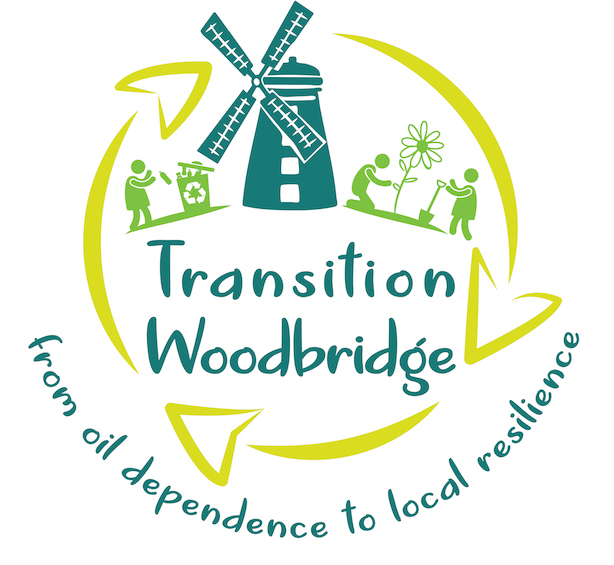
Biodiversity is a word that we frequently hear nowadays, describing the number and variety of living things that we share our land, water and even the skies with. We talk about protecting biodiversity or restoring it, but we first need to measure it so that we can get an idea of the species richness around us.
A great opportunity to measure this biodiversity is coming up between the 28th of April and the 1st of May, 2023. The City Nature Challenge (CNC) started in 2016 as a friendly rivalry between Los Angeles and San Francisco to amass the most wildlife observations in a short period. The challenge has now expanded beyond cities and across the globe, so that in 2022 more than 41,000 people took part, with over 815,000 observations being made and 32,000 species identified, including 1,300 rare and endangered species.
There’s a great app which can be loaded onto a smartphone or tablet which makes collecting these observations easy: iNaturalist. Use it to take photos or record sounds of wildlife and then see if the app itself or other users can identify the species. If a number of users agree on an identification, it is then classified as ‘research grade’ and may be used by researchers in scientific studies.
You don’t have to be a scientist to join – the CNC is for anyone who is interested in finding out more about the plants, animals and fungi around them. If you’ve ever wondered about the name of a plant, bird or a lichen as you walk around your neighbourhood, then this project is for you. You can spend as little as five minutes joining in or the whole four days immersed in the wonders of nature – it’s up to you.
So, how to be a part of the 2023 City Nature Challenge?
- Download the iNaturalist app to your phone or tablet and set up an account with your username – Nature nut, Foxy lady, Hawkeyed Herbert… your choice!
- Go to Projects and search for the City Nature Challenge 2023: Suffolk, UK (this project link will not become active until the 28th of April).
- Go outside: your garden, any green space like a park or churchyard.
- Click the Observe button and take a photograph or two of a plant, animal or fungus – please no cultivated plants or domesticated animals. A few photos showing different angles or details are best. GPS coordinates are automatically used to save the location.
- Use the What did you see? button to help identify your observation, then save it.
- Upload your observations when you have access to Wifi.
- Wait for other users to start identifying your species.
There’s no need to wait for the CNC to begin, before starting to use iNaturalist, nor do you have to be in Suffolk. It’s a great way to expand your knowledge and connect with the natural world and like-minded people.
So, let’s learn more about the biodiversity on our doorstep and see if we can beat a few of the other UK CNC projects, like those in Sussex, Staffordshire or Birmingham. We can do it!
